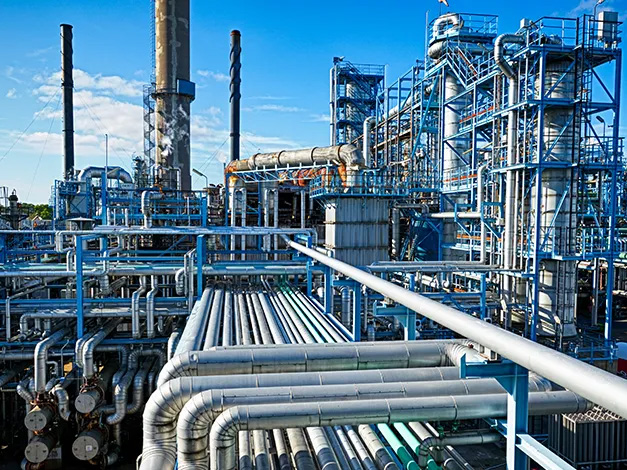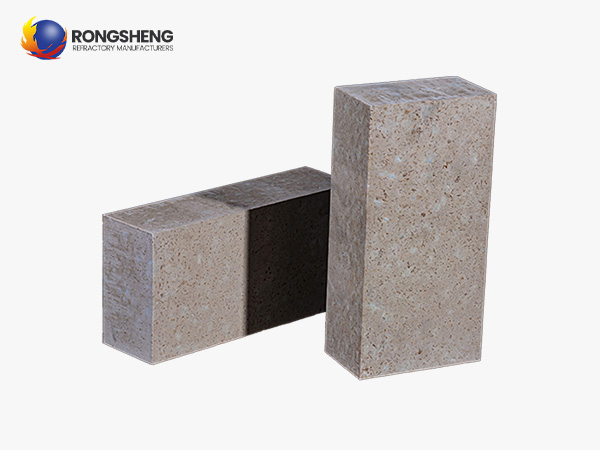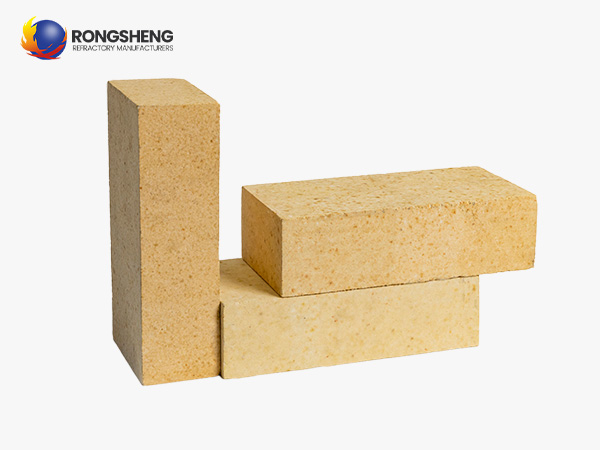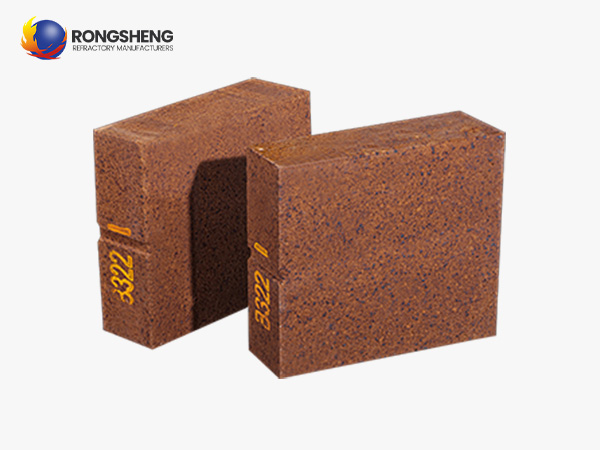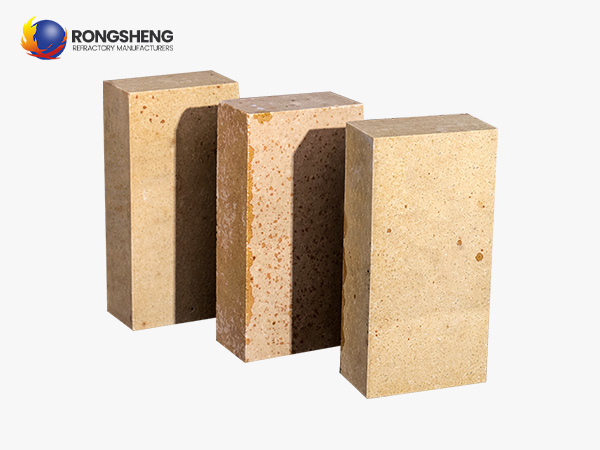Refractory materials bear the core functions of protecting equipment, resisting high-temperature erosion, and maintaining process stability in the non-ferrous metallurgical industry.
➤ According to chemical properties and application scenarios, they are mainly divided into the following categories:
| Chemical Properties |
Refractory Materials |
Application Environment |
| Alkaline |
Magnesia Brick |
Applicable to alkaline slag environment for smelting of copper, lead, nickel and other metals |
| Magnesia Chrome Brick |
| Spinel Bricks |
| Acidic |
Silica Brick |
Used in acidic smelting environments such as aluminum and zinc |
| Fireclay Brick |
| Special |
Silicon Carbide Brick |
Used in extreme conditions such as electrolytic cells, high temperature molten pools, etc. |
| Silicon Nitride Brick |
| Zircon Brick |
➤ Application of refractory materials in nonferrous smelting process:
| Nonferrous smelting |
Furnaces |
Needed refractory materials |
| Copper smelting |
Sintering and smelting furnace |
High alumina brick; Magnesia brick; Spinel brick. |
| Blowing converter |
Direct bonded magnesia-chrome brick; Molten grain bonded magnesia-chrome brick |
| Aluminum smelting |
Electrolytic cell |
Carbon or silicon nitride combined with silicon carbide materials |
| Baking furnace |
Clay brick; High alumina brick; Refractory castable |
| Lead and zinc smelting |
Blast furnace |
Andalusite brick; High alumina brick |
| Distillation furnace |
Silicon carbide materials |
| Special process equipment |
Oxygen bottom blowing furnace (such as QLS method) |
Magnesia brick; Semi-rebonded magnesia-chrome brick |
| ISAMA furnace and Ausmelt furnace |
Chrome-alumina spinel brick |
➤ Part of related products

